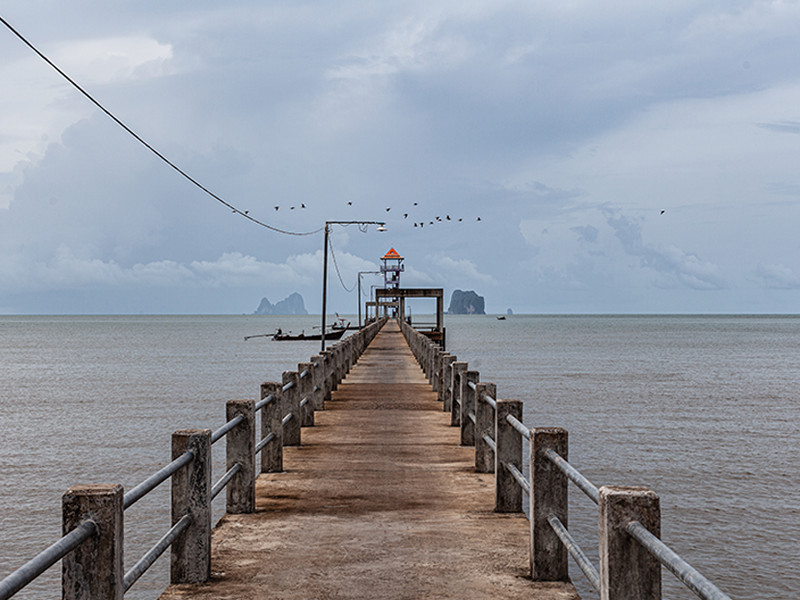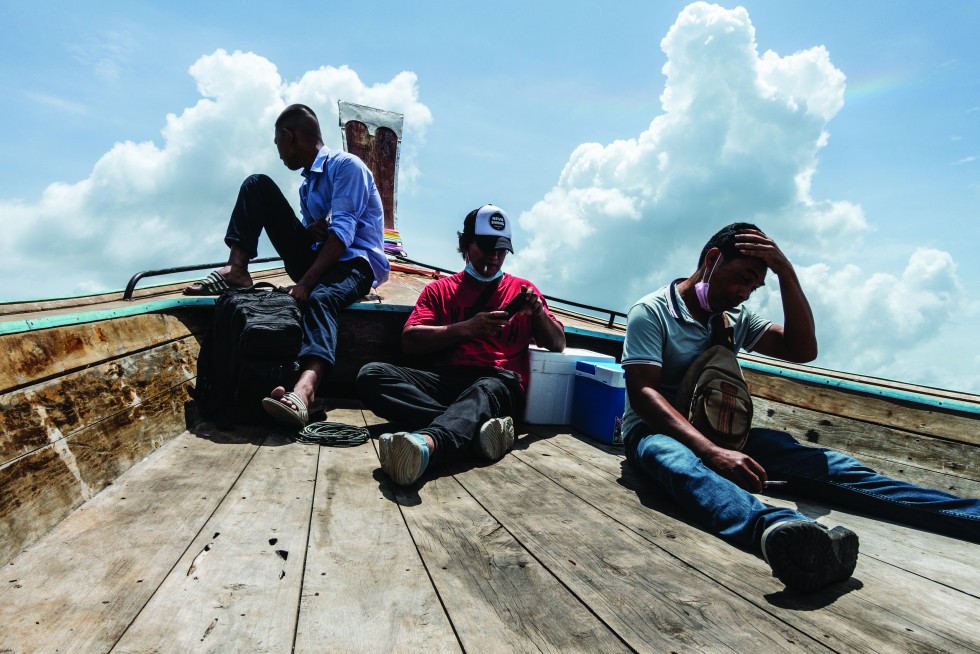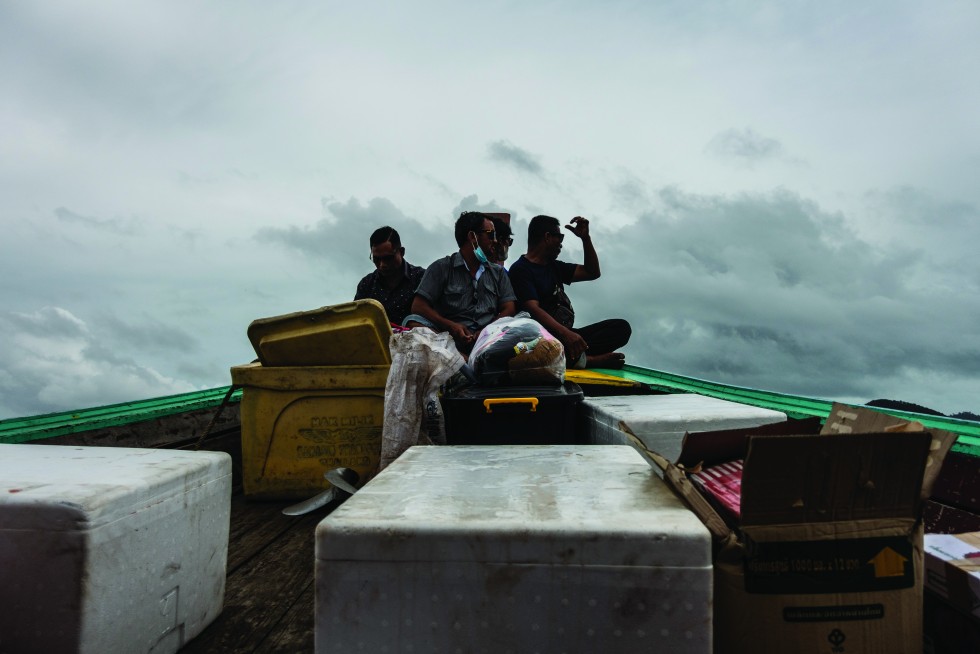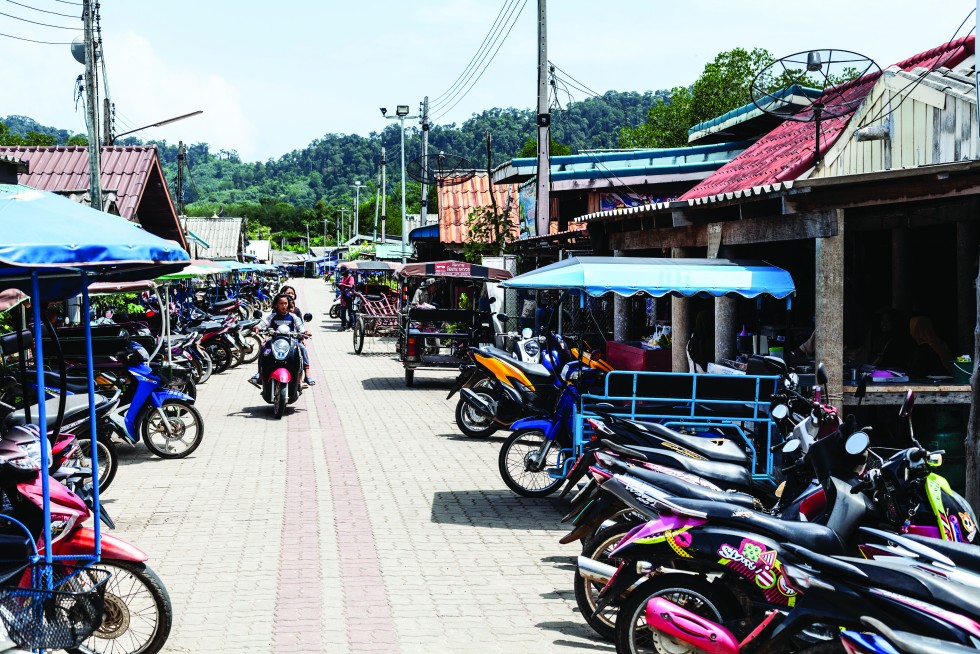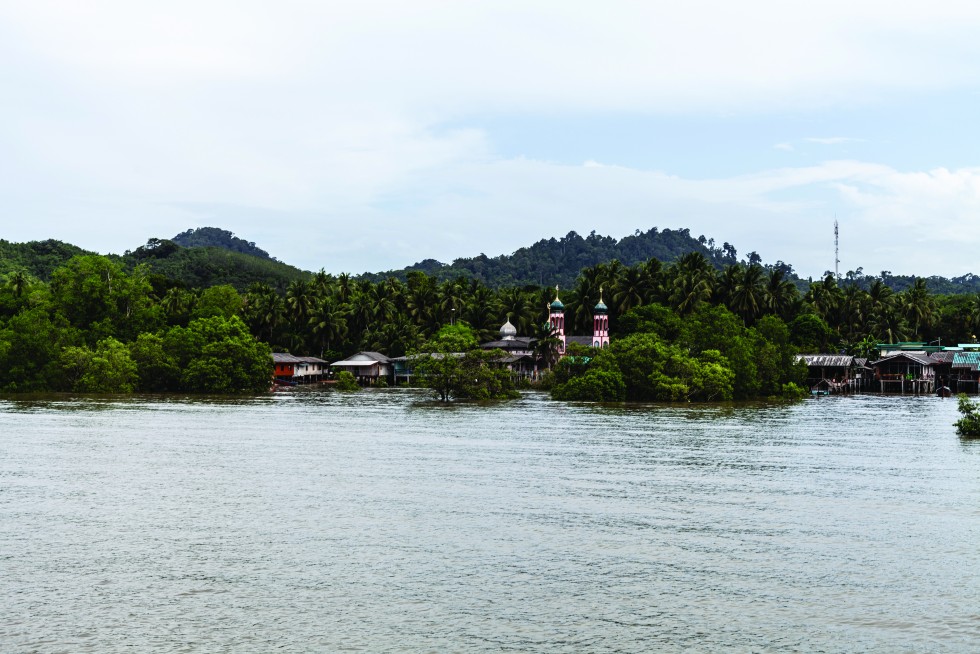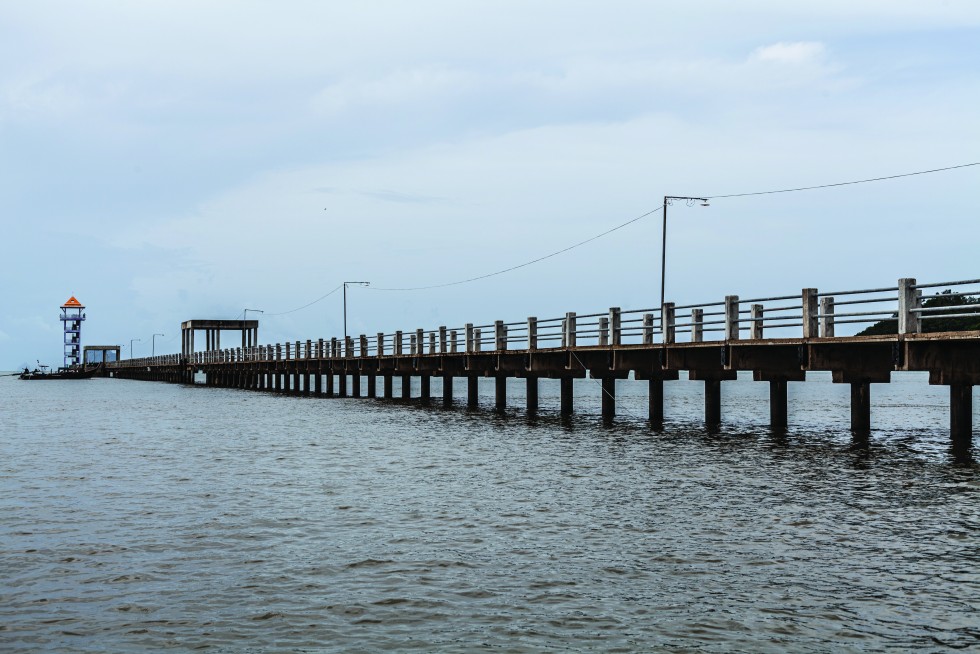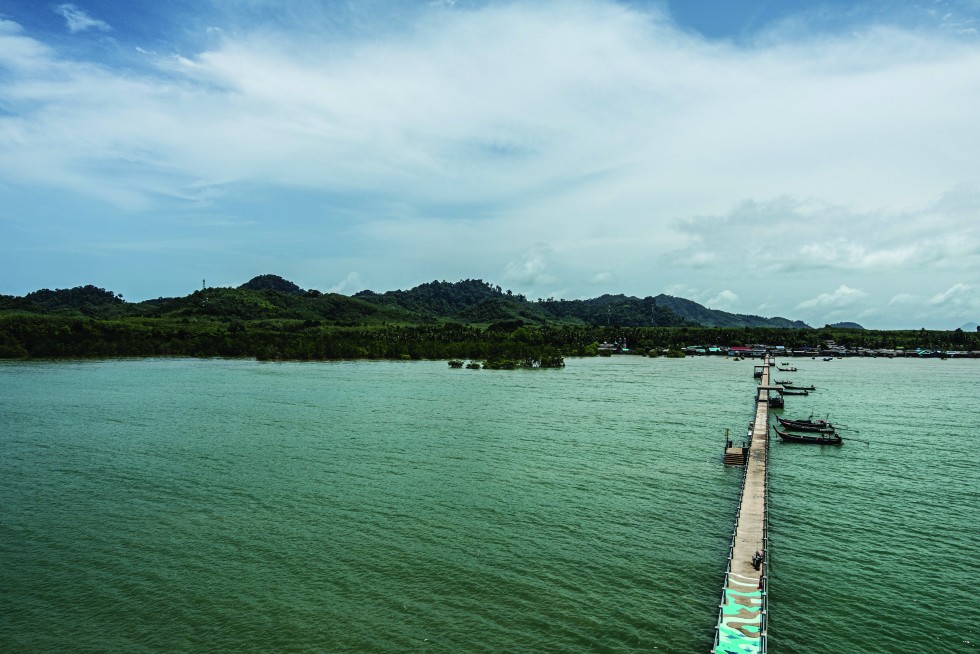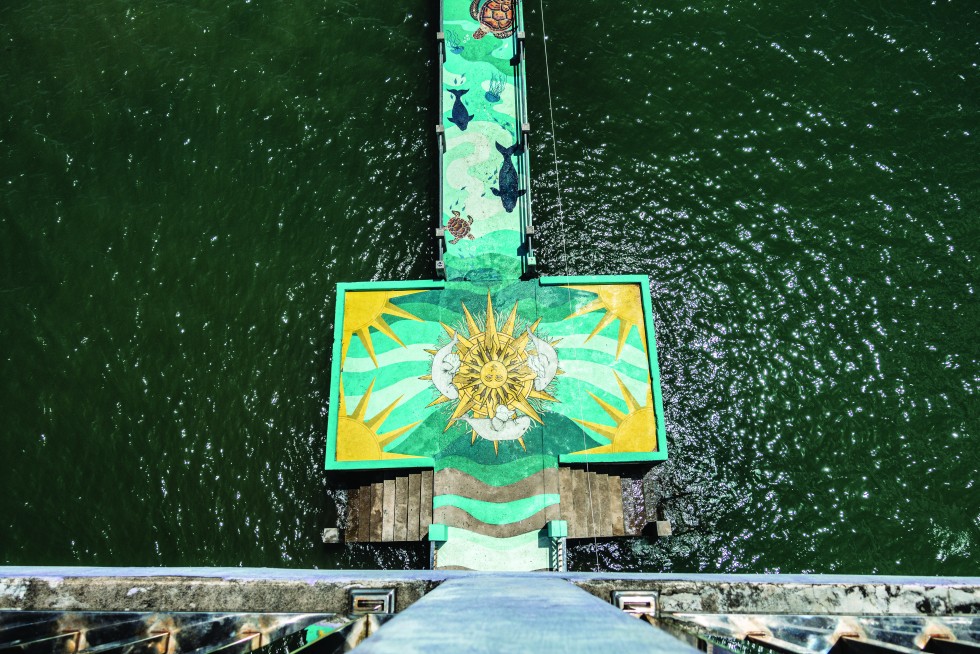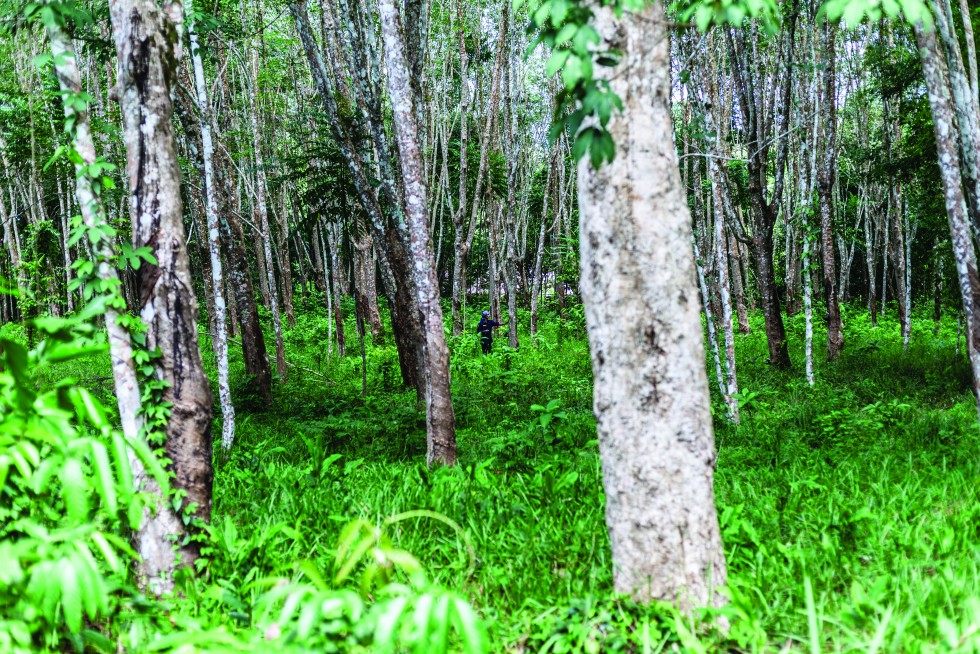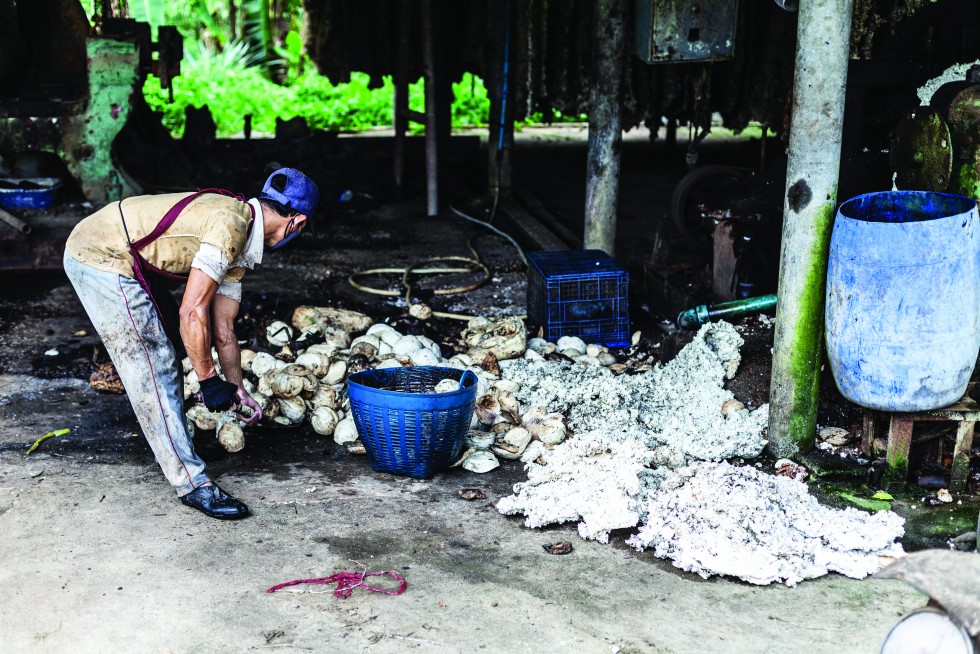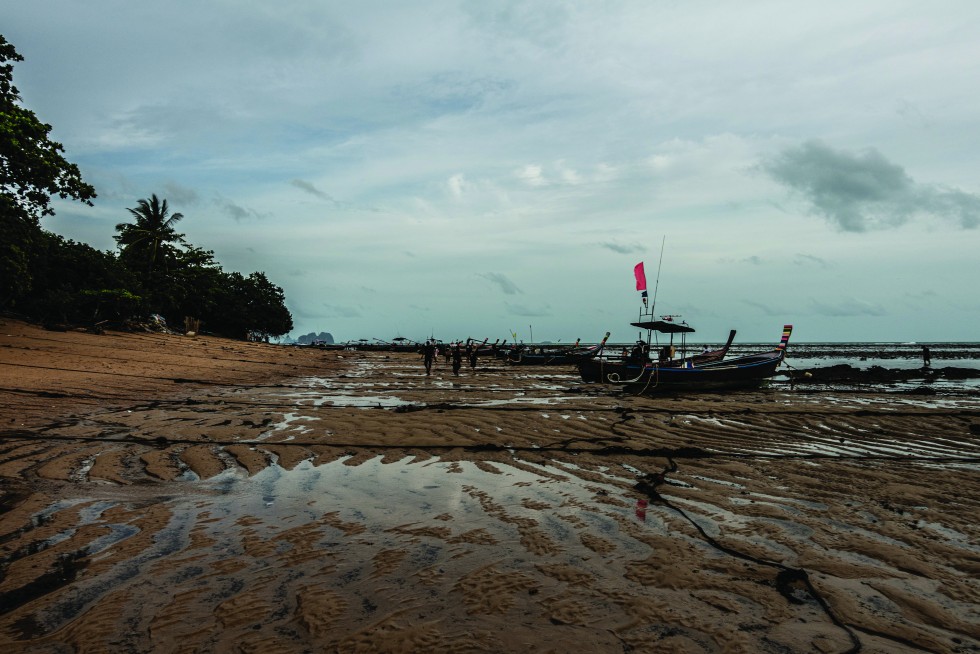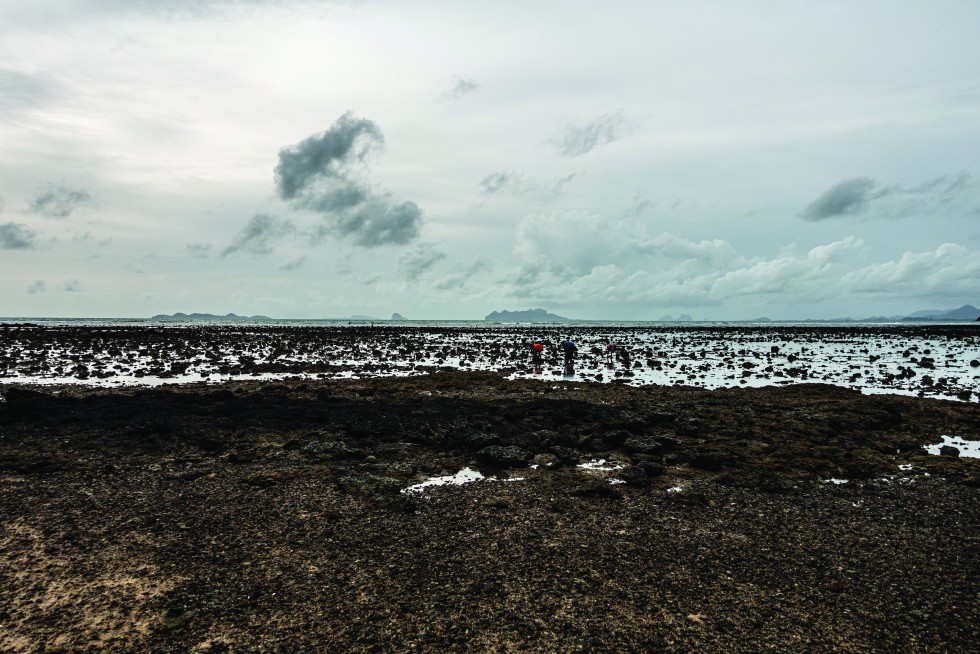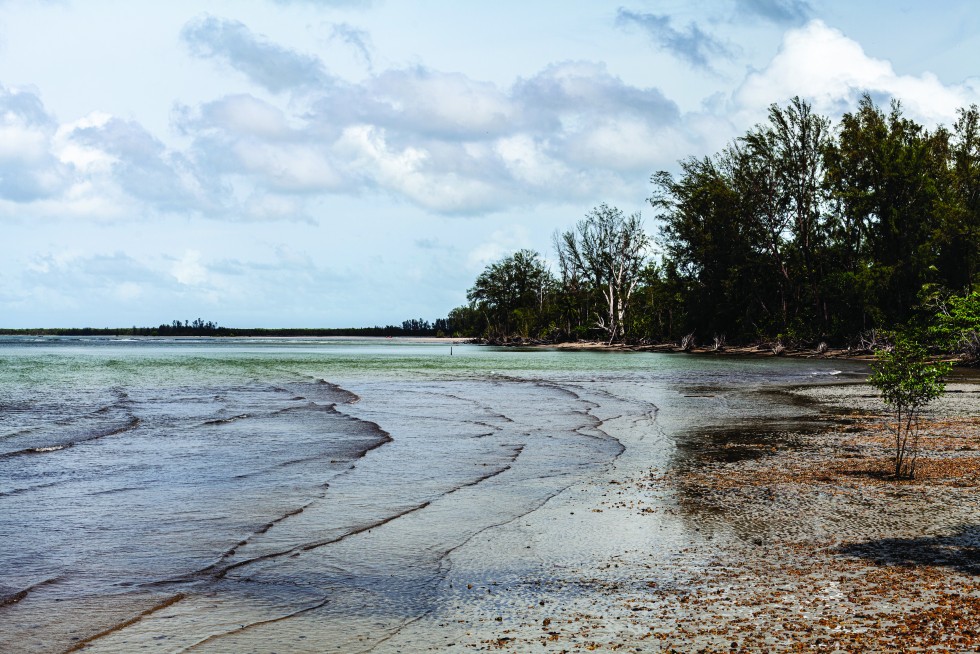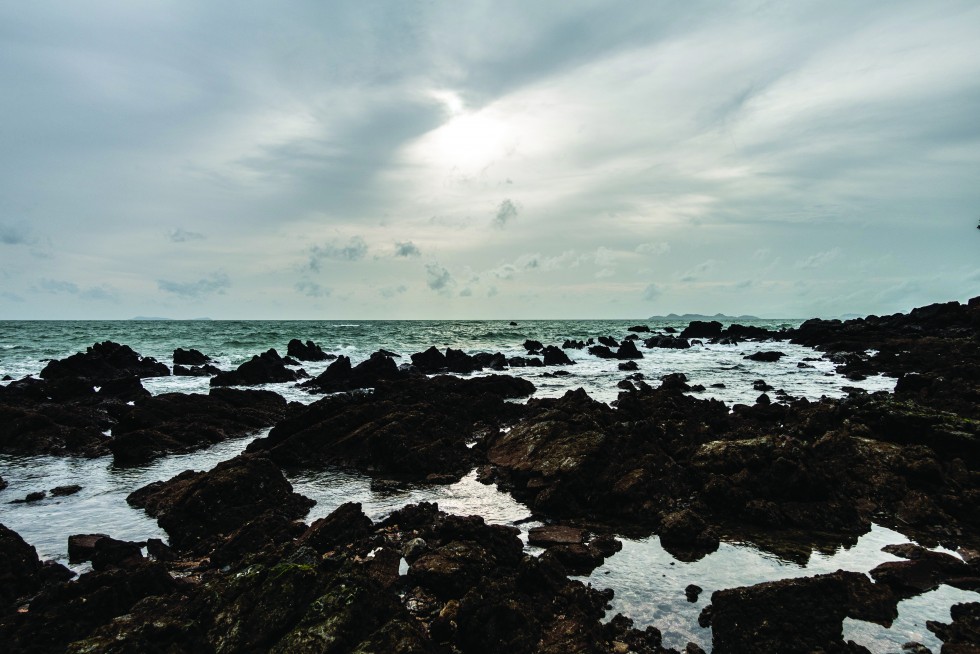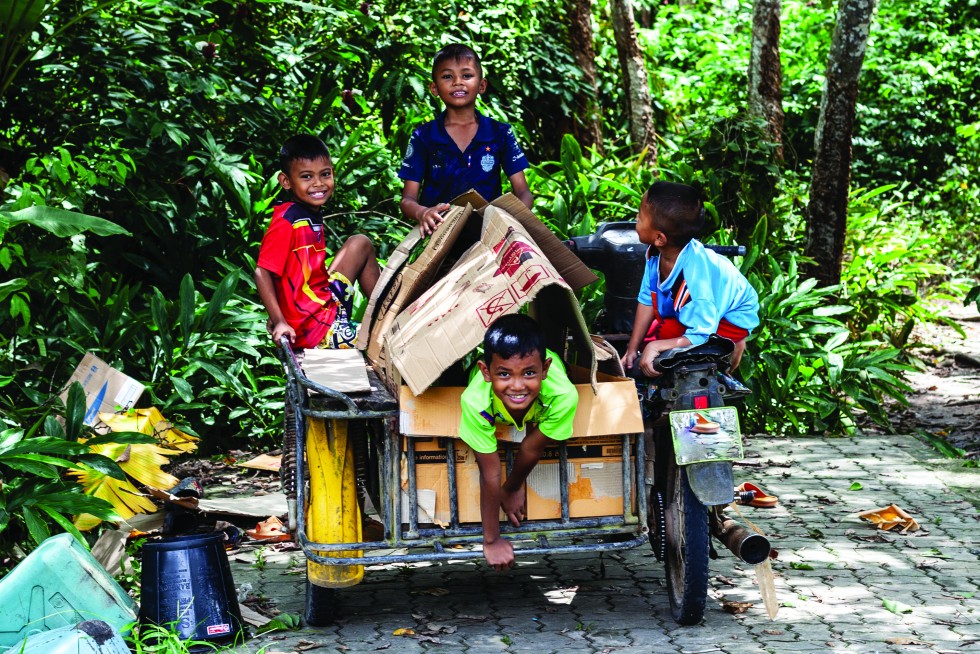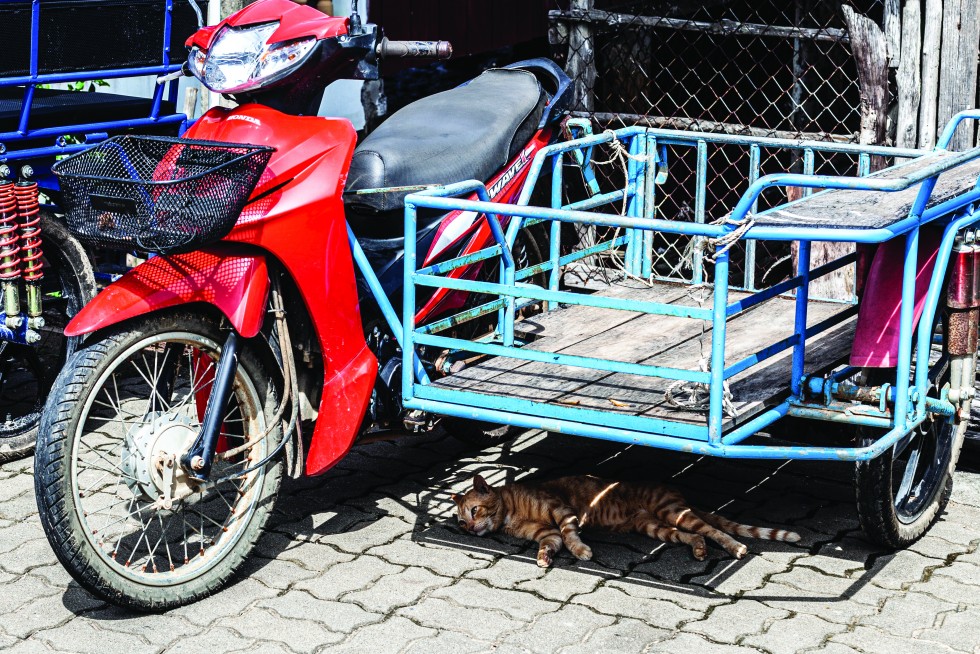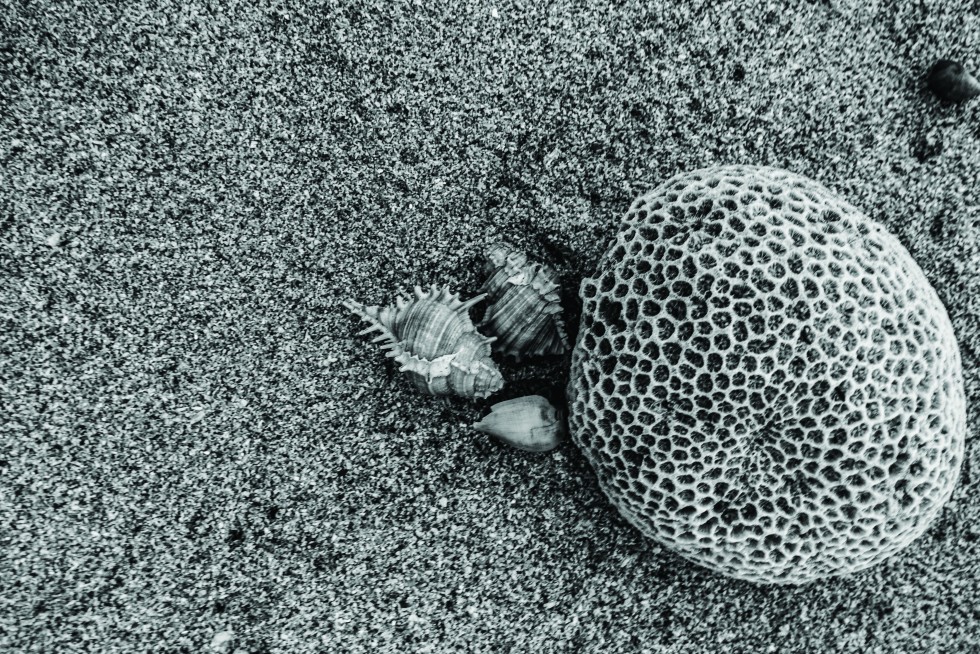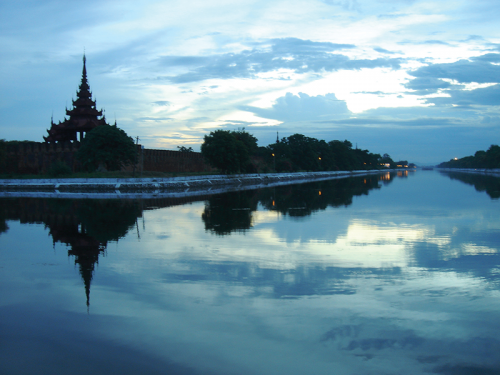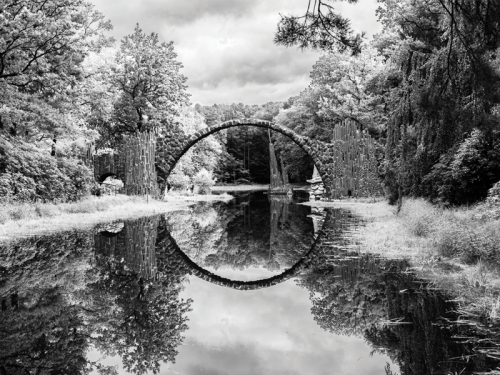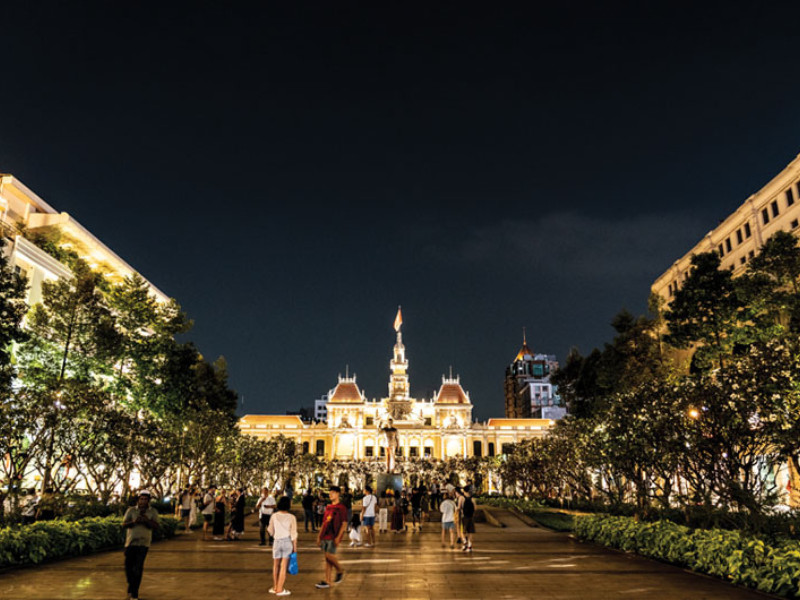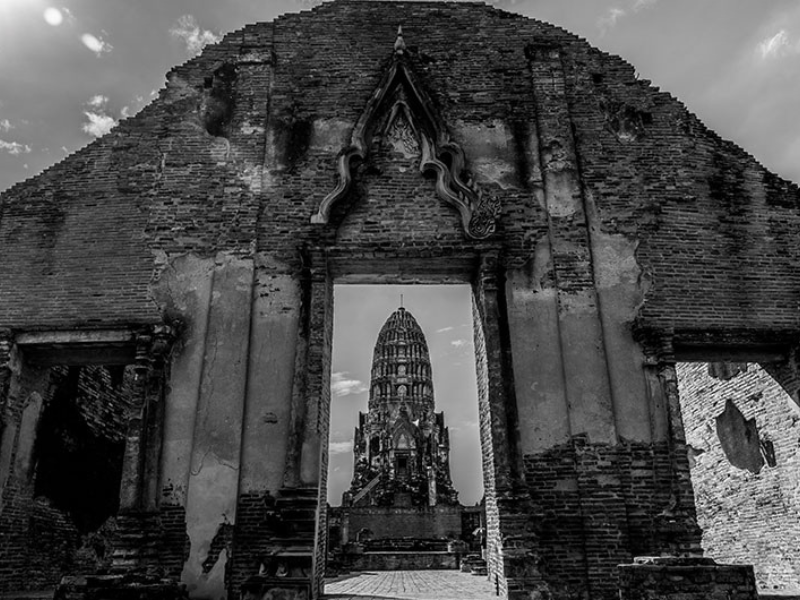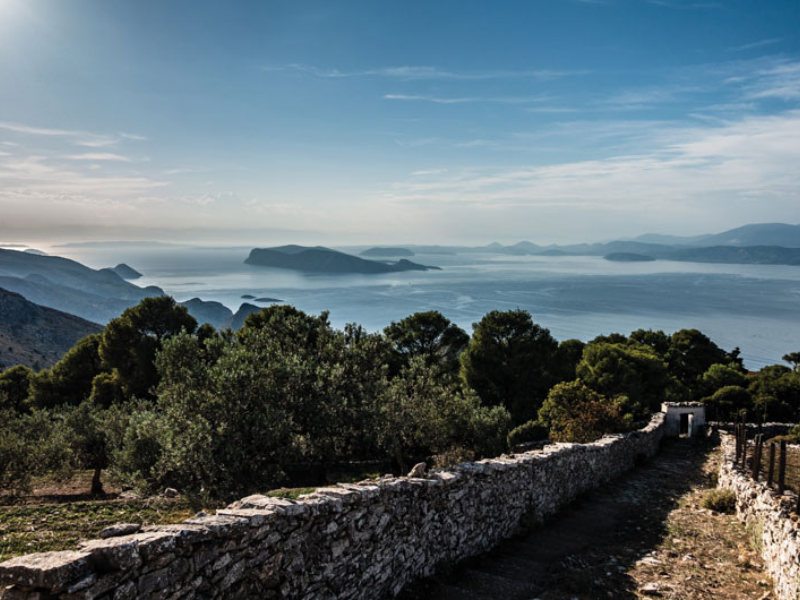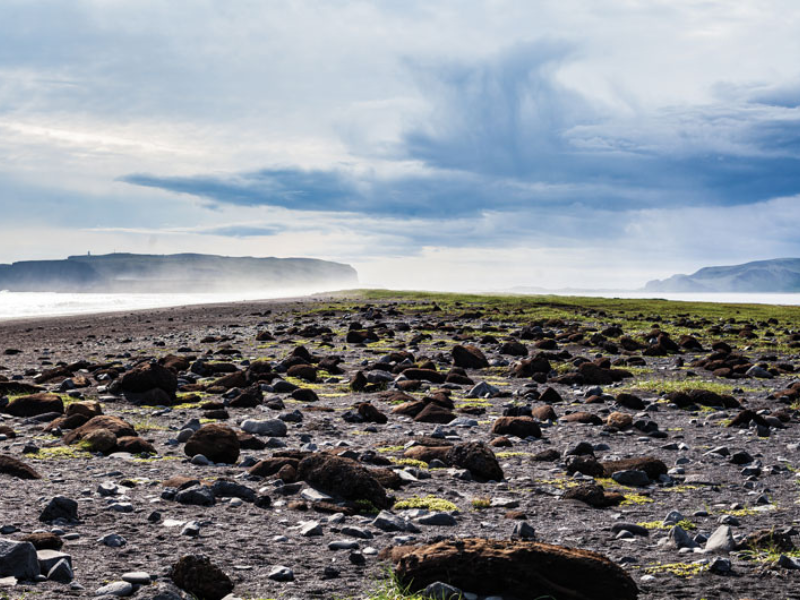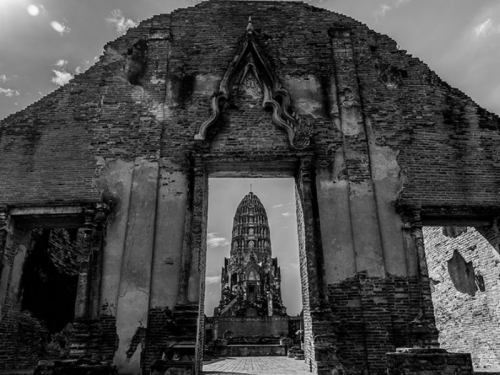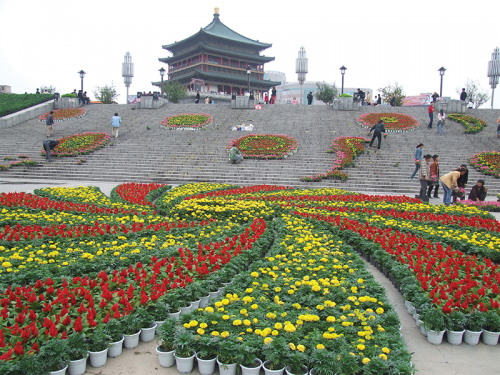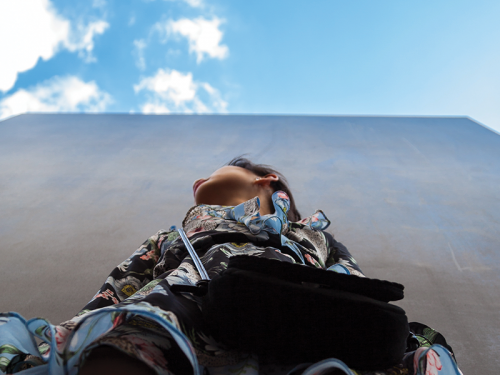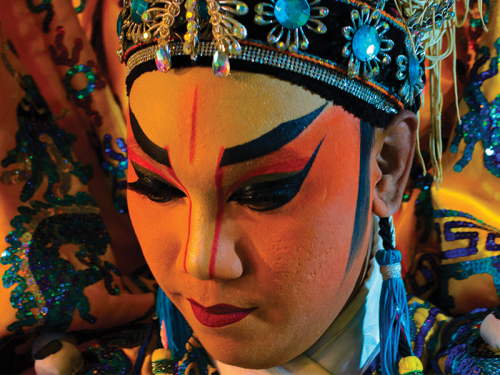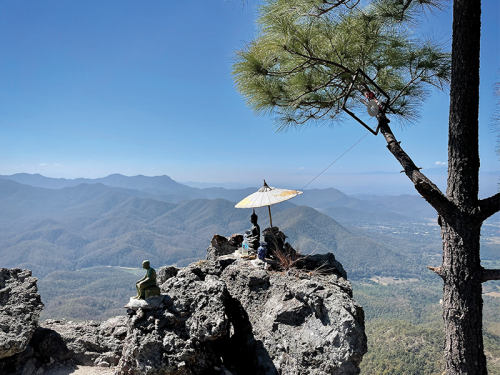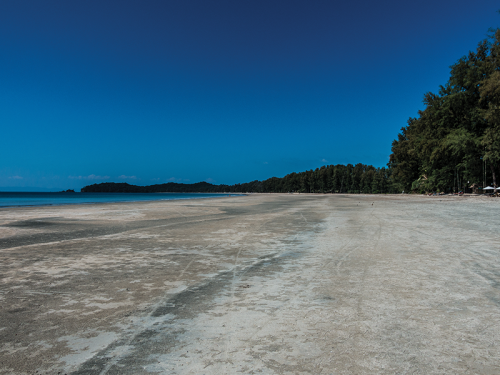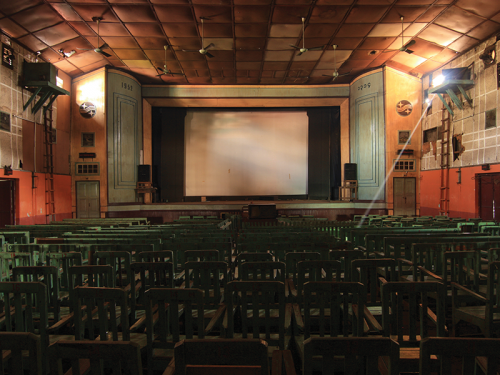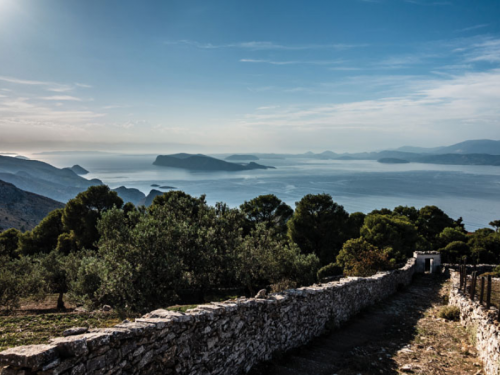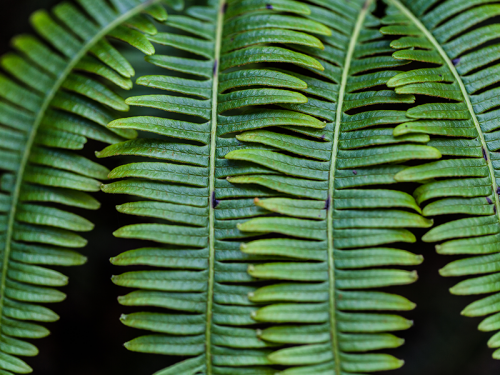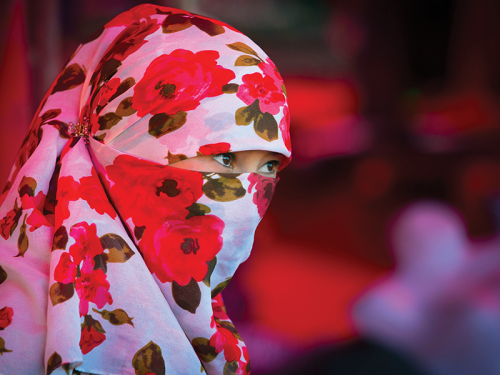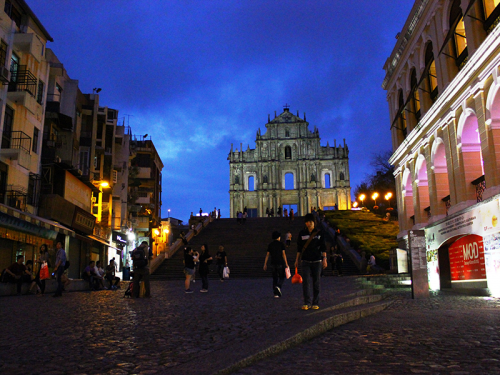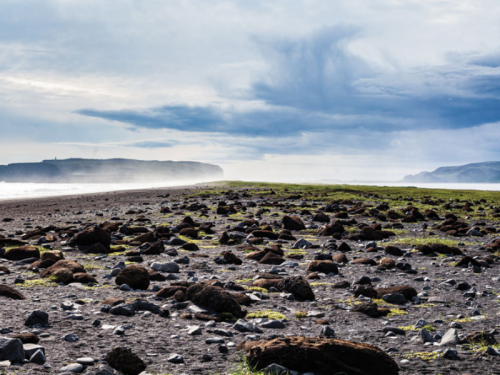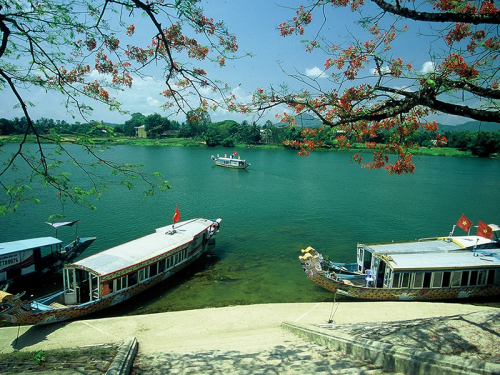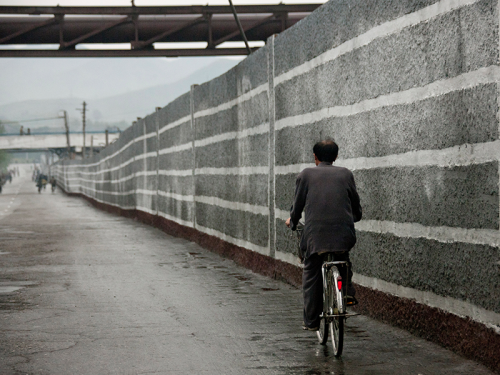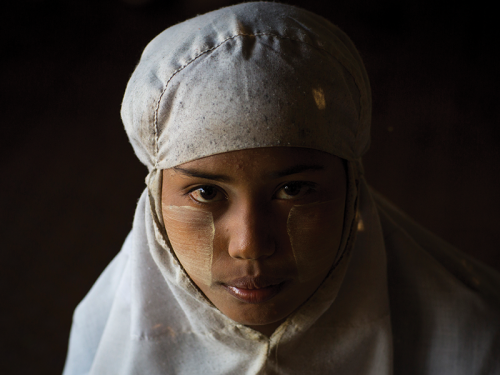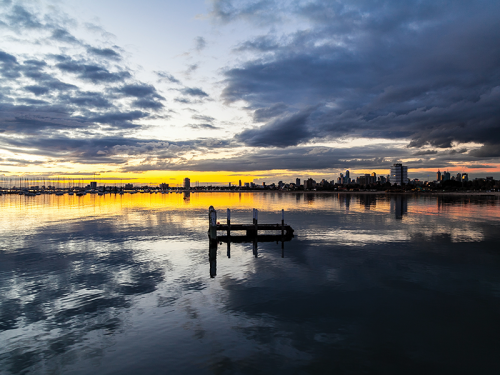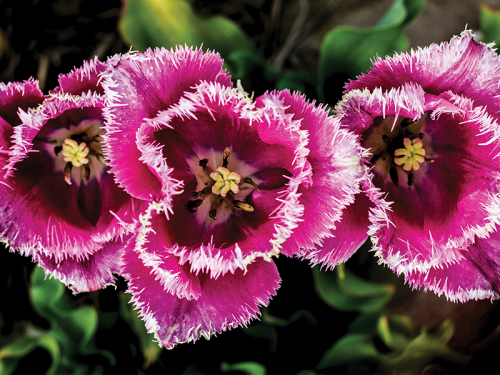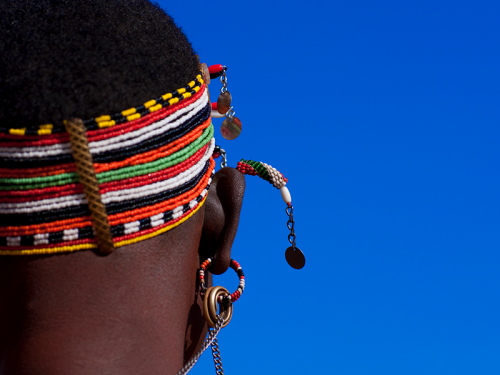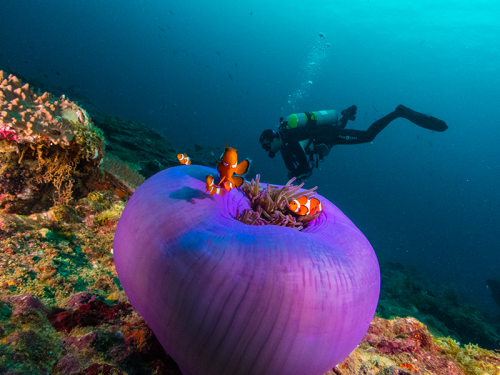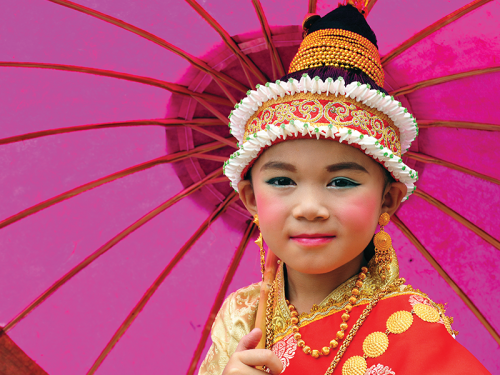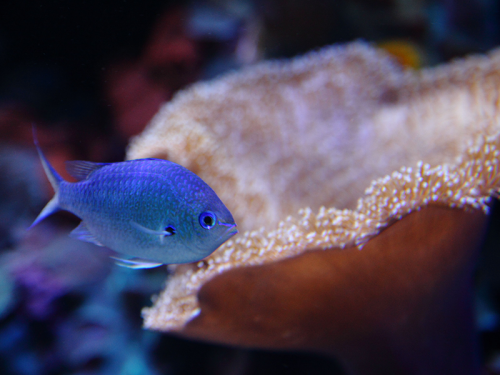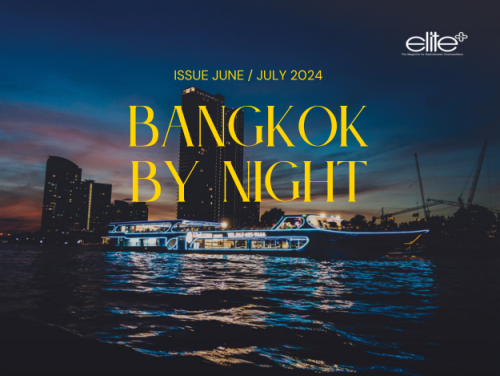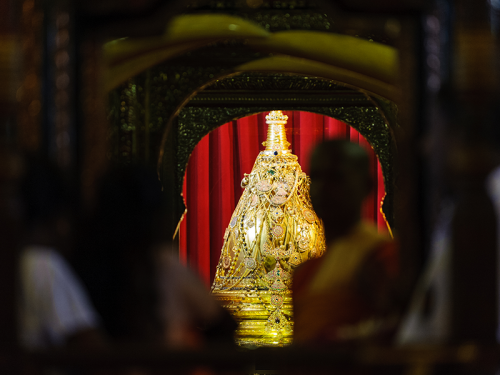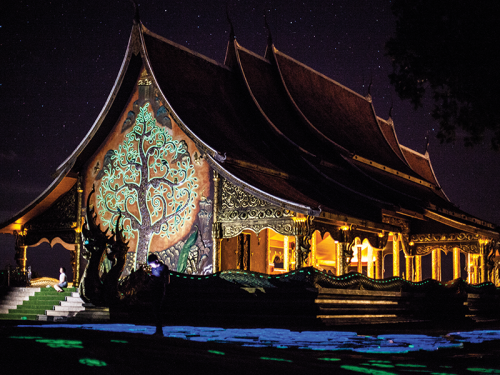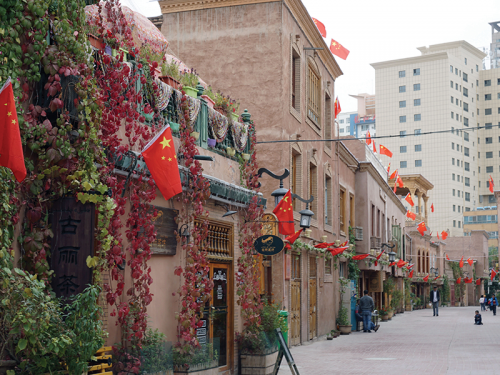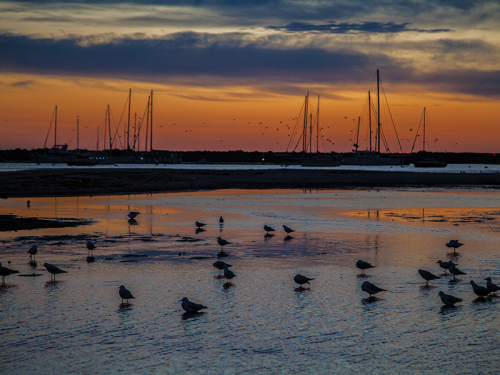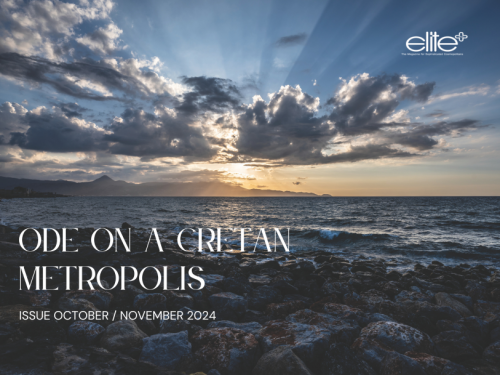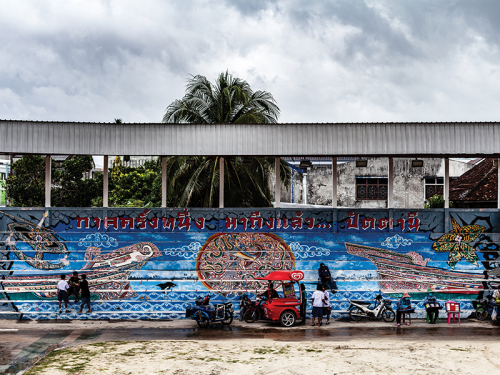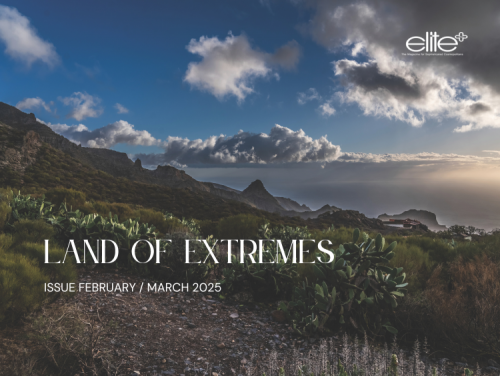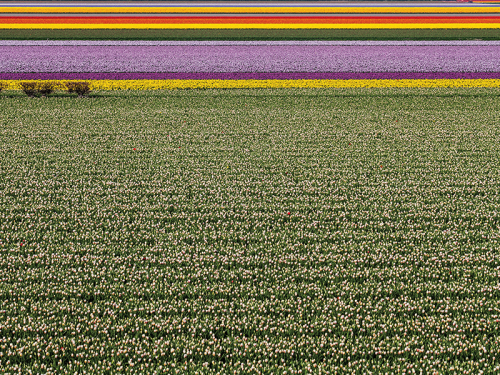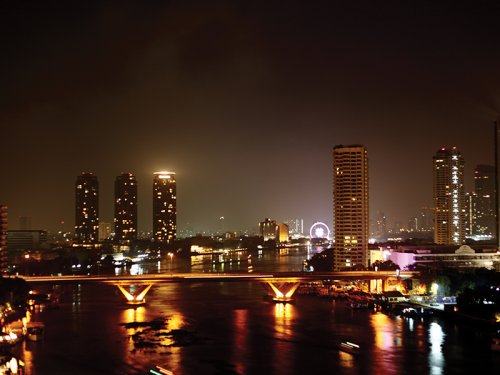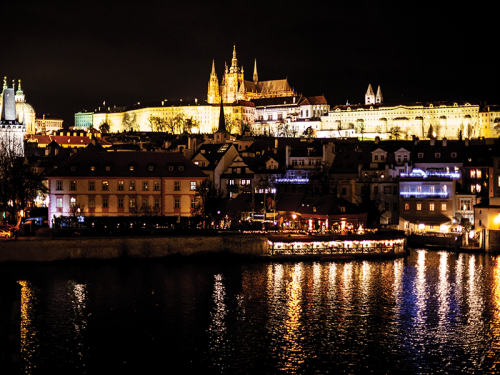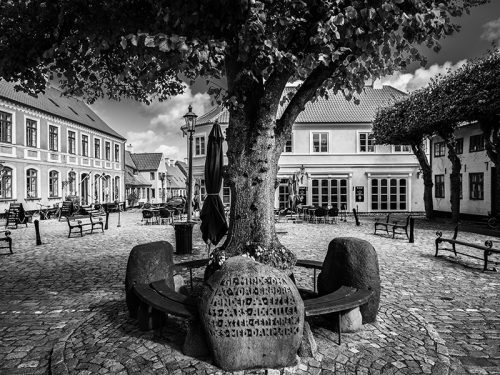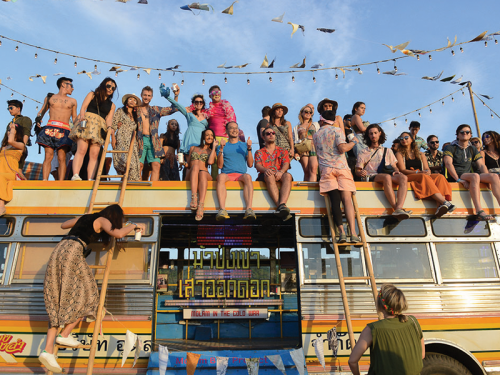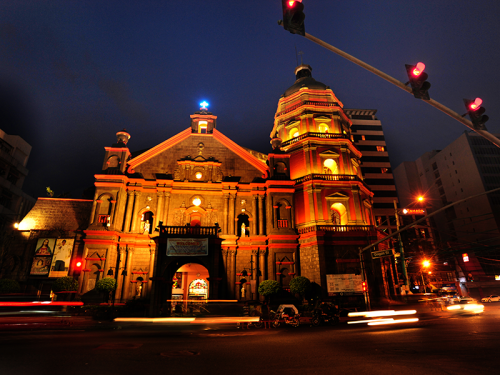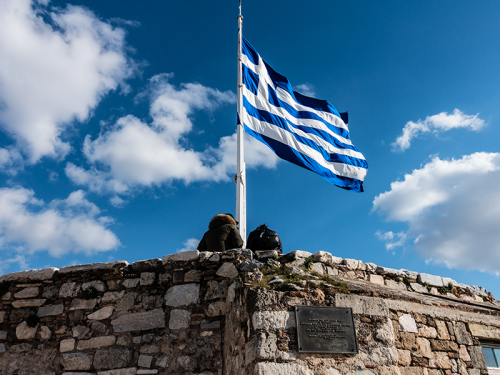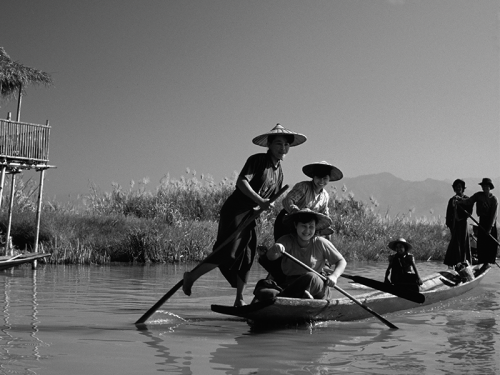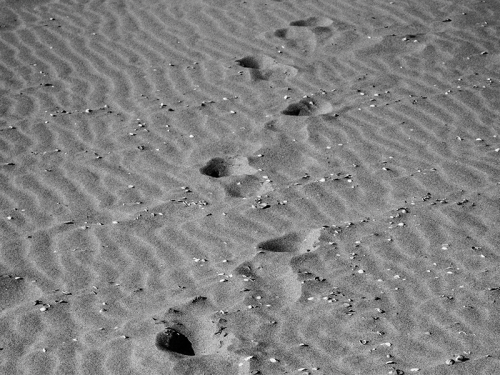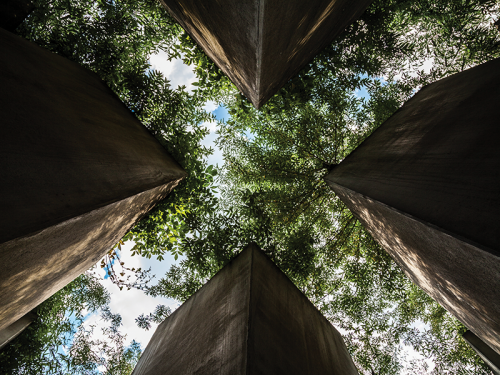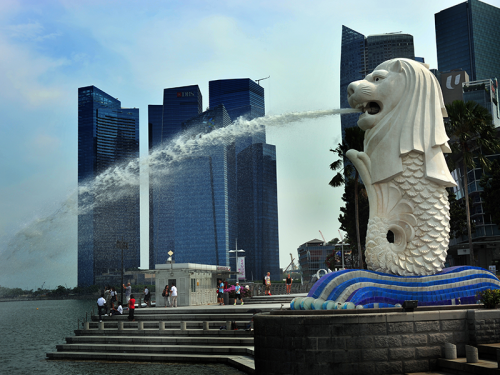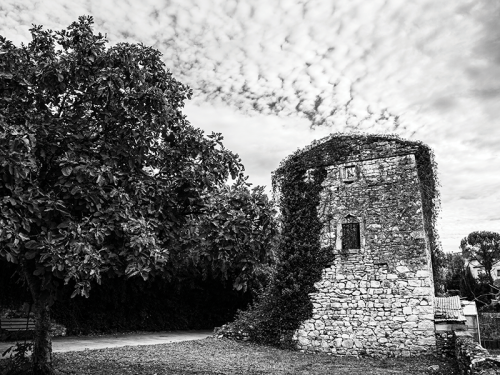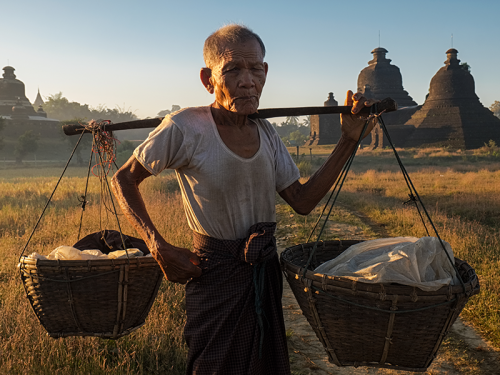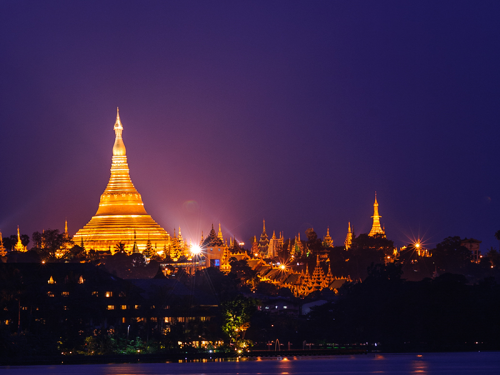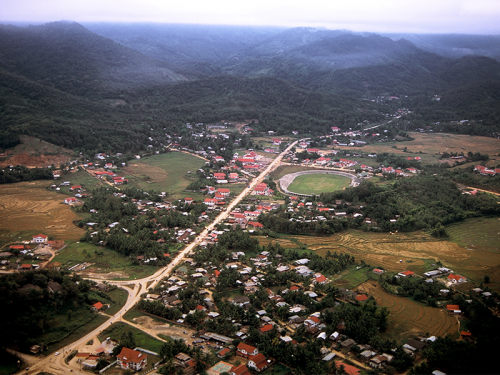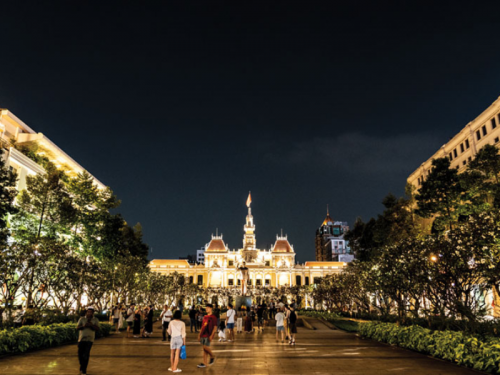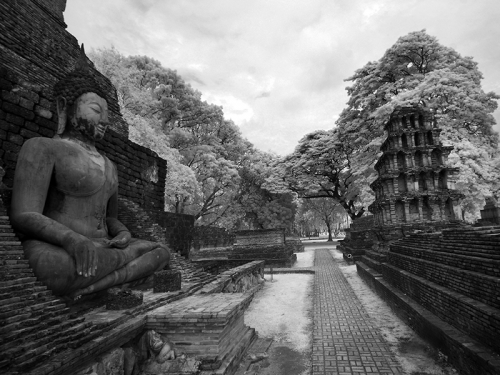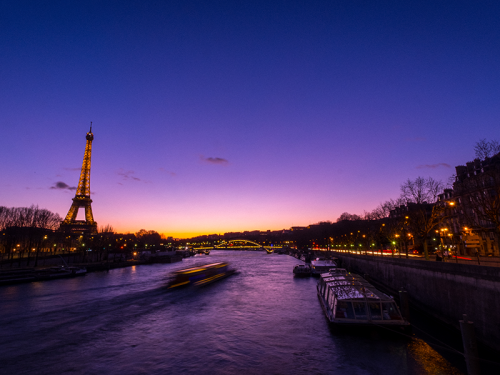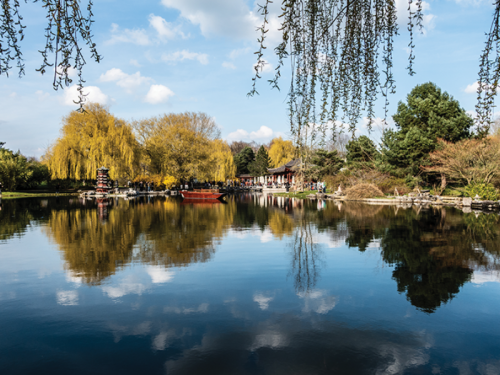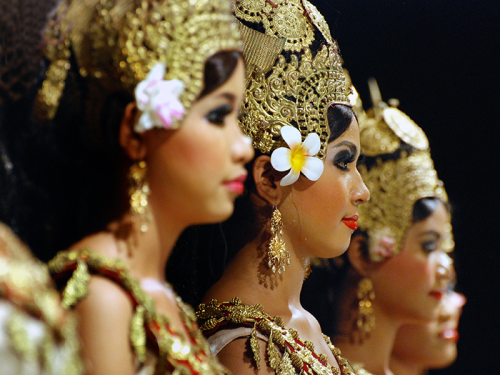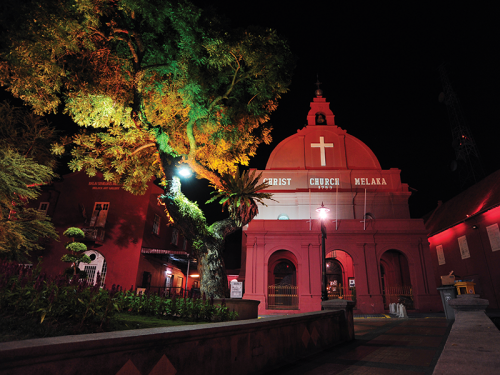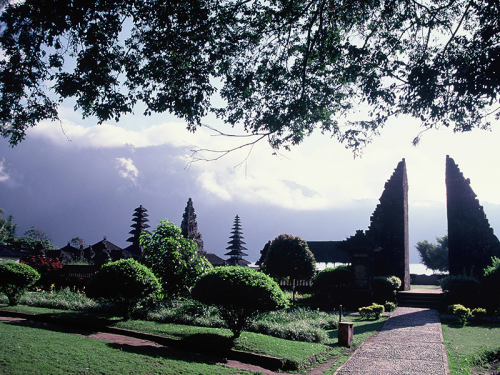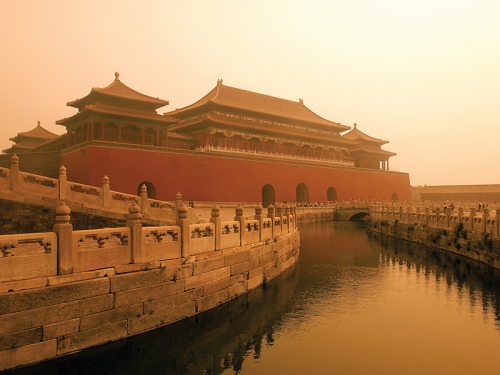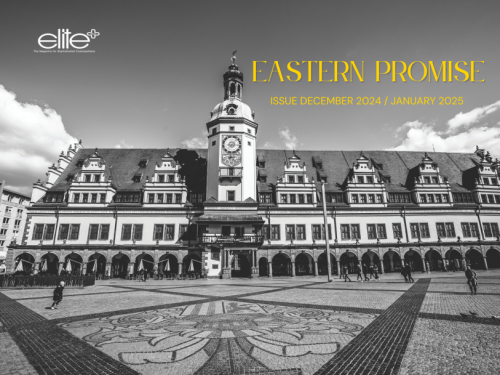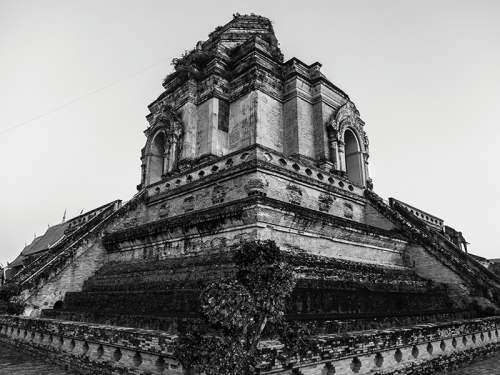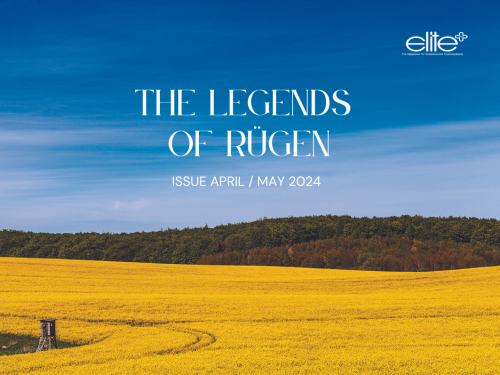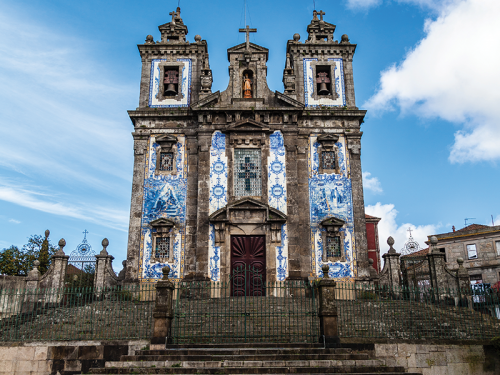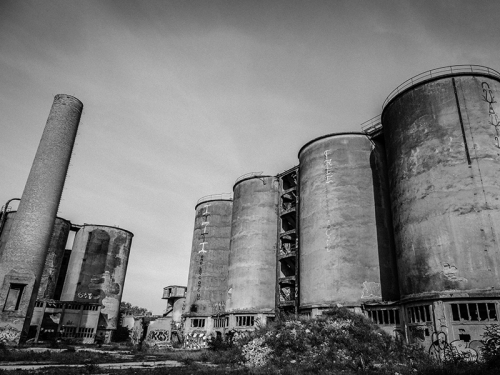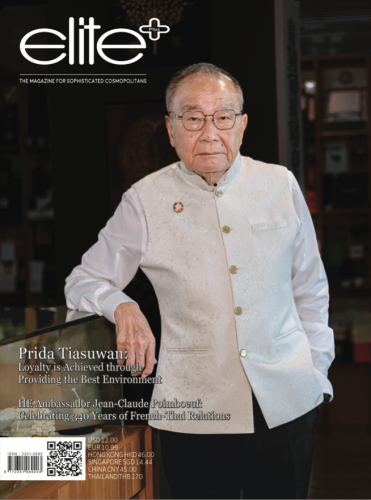It doesn’t have much in the way of white sand beaches, or even beaches. The rocky surging shallow waters are largely un-swimmable. Thus Ko Libong lacks large-scale tourism or much international interest, and most accommodation options consist of homestays or rustic guest houses. In the mid-year off season, non-locals are a rare sight. Nearby Ko Kradan or Ko Muk, though smaller, have prettier waters and get far more visitors. Yet Libong is a remarkable island. The dearth of sand makes it better for mangroves and seagrass, and seagrass happens to be the favoured food of the dugong. Thailand is home to around 200 of the rare marine mammal, related to the manatee, and the protected waters around Ko Libong are home to an estimated 180 of those 200.
Libong is the largest island in Trang province in the southern Andaman, and the small population is nearly all Muslim, but rather secular and casual, and even in pandemic times the face masks ubiquitous on the mainland were a rare sight here. The most visible industry is fishing, and the mass launch of the wooden boats follows the tides and fish feeding times. Sap from local rubber trees is also harvested regularly as well as – three times a year from surrounding islets – edible bird’s nests for use in soup, broth and medicinal supplements.
Apart from that, Ko Libong gets a few marine biologists coming through to spot or study the elusive dugong, but sighting expeditions on long-tail boats are more likely to be languid sunbathing cruises around the beautifully dramatic karsts, marine sanctuary and nearby islets, good for taking in the scenery and chatting with the apologetic driver, less useful for spotting any of the rare plump beasts. Bubbles and splashes in the water are more likely to come from the many sea turtles. Observation towers exist and are being built, but sea grass provides good cover for these shy mammals that were historically often mistaken for mermaids. As dugong are not the most beautiful or graceful of creatures, this mistaken identity may have had more to do with the hallucinogenic malnourished loneliness of a life at sea than any similarity to mythological sirens.
Even for those without an interest in marine mammals, Ko Libong is a friendly, hospitable and mesmeric place to visit. Monkeys, cats and monitor lizards are part of the daily fauna. There are some obscure “sights” – a rock bridge, a small waterfall, an unfinished observation platform, but the real joy is in mingling with the hospitable residents and taking in the undeveloped natural beauty of this emerald of the Andaman.


